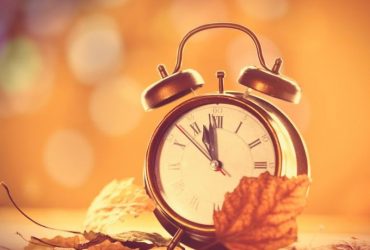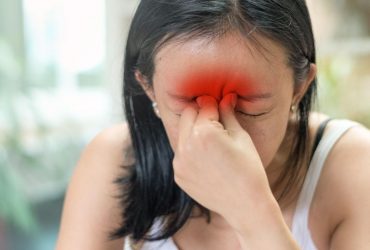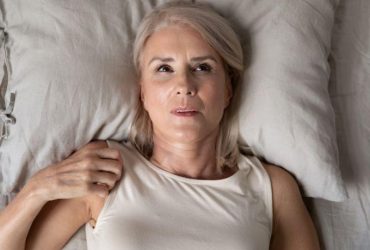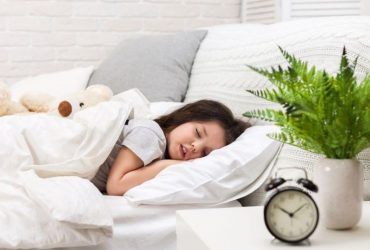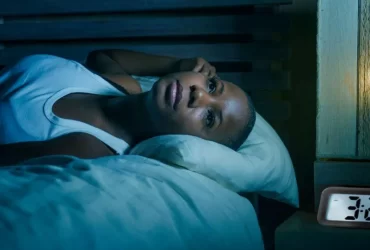Findings even stronger for young people with a recent opioid prescription
Yearly switch to daylight saving time has been linked to increased odds for heart problems, accidents, and mood disorders
The association between migraine chronification and sleep quality is bidirectional
Findings seen among middle-aged and older adults without cognitive impairment or Parkinson disease at baseline
Long time in bed and early sleep timing associated with dementia risk, particularly among men
Additive interactions between low sleep duration and depression or bodily pain may contribute to risk for systemic lupus erythematosus
Sleep times shorter for Black versus White children, children from lower-income families, older children, children with higher BMI
Small pilot study suggests suvorexant may improve sleep, reduce opioid withdrawal and craving during buprenorphine/naloxone taper
Most older adults have some type of nighttime light exposure
Trouble falling asleep increases as educational attainment and family income decrease, and as place of residence becomes more rural



